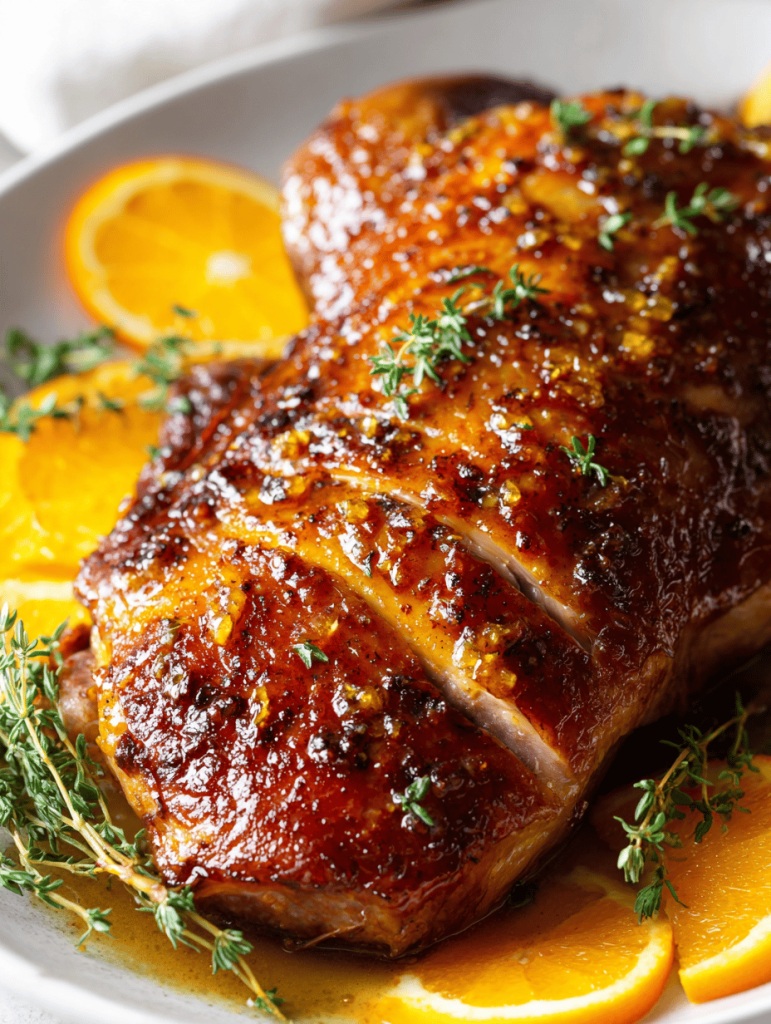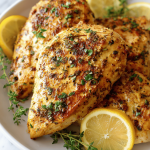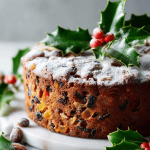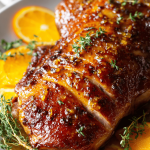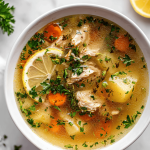Holiday meals often lean on the familiar, but sometimes I crave something a little different—something that surprises the palate without too much fuss. Roast duck fits that bill, especially when given a citrus twist that awakens the senses with bright, smoky notes. This recipe is about embracing imperfections and trusting the process, even if it’s your first time tackling poultry on this scale.
Why I keep returning to this roast duck
The crisp skin paired with the tangy, smoky glaze never gets old. It’s a dish that makes me look forward to holiday gatherings, breaking the usual mold. Plus, I love how the citrus brightens the richness, making every bite lively and memorable.
Key ingredients, honest notes
- Duck: Rich, fatty, with a satisfying crisp skin when cooked right.
- Orange juice: Bright, sweet-tart, essential for that lively glaze.
- Lemon zest: Adds a smoky citrus aroma, punchy and fresh.
- Honey: Balances acidity, giving the glaze a glossy, sticky finish.
- Five-spice powder: A secret sprinkle for depth and a hint of warmth.
- Soy sauce: Umami base that enhances sweetness and adds complexity.
- Fresh herbs (thyme, parsley): Bright, fragrant finishing touch to the plate.
Tools of the trade for a perfect roast duck
- Roasting rack: Lets heat circulate evenly, crisping the skin.
- Sharp knife: Scores the skin for better fat rendering.
- Small saucepan: Prepares the citrus glaze.
- Oven thermometer: Ensures accurate roasting temperature.
- Basting brush: Applies glaze and fat evenly.
Step-by-step: mastering the art of a citrus-glazed roast duck
Step 1: Preheat your oven to 200°C (390°F).
Step 2: Score the duck skin in a diamond pattern, careful not to cut into the meat.
Step 3: Season generously with salt, pepper, and a hint of five-spice.
Step 4: Place the duck on a rack in a roasting pan, breast side up.
Step 5: Roast for about 1.5 hours, or until skin is deep golden and crisp.
Step 6: Baste the duck every 20 minutes with its own fat to enhance crispiness.
Step 7: While roasting, prepare the citrus glaze: simmer orange juice, lemon zest, honey, and a splash of soy until thickened.
Step 8: Once the duck is cooked, let it rest for 15 minutes, tented loosely with foil.
Step 9: Serve with a drizzle of the citrus glaze and a handful of fresh herbs.
Cooking checkpoints and tips to keep in mind
- Ensure the duck skin is dry before scoring and seasoning for optimal crispness.
- Look for a deep golden color and crackling skin during roasting.
- Check the internal temperature reaches at least 75°C (165°F) for safe, juicy meat.
- Observe the glaze thickening and becoming glossy, indicating readiness.
Common pitfalls and how to fix them
- Oily, soggy skin.? Pat the duck dry before roasting, or skin won’t crisp properly.
- Burnt skin, undercooked meat.? Lower the oven temp if skin burns early, then finish at 180°C (355°F).
- Glaze turning dark and bitter.? Keep a close eye on the glaze—too thick can burn, too thin lacks shine.
- Juice loss and dry meat.? Rest the duck properly—at least 15 minutes—before carving.
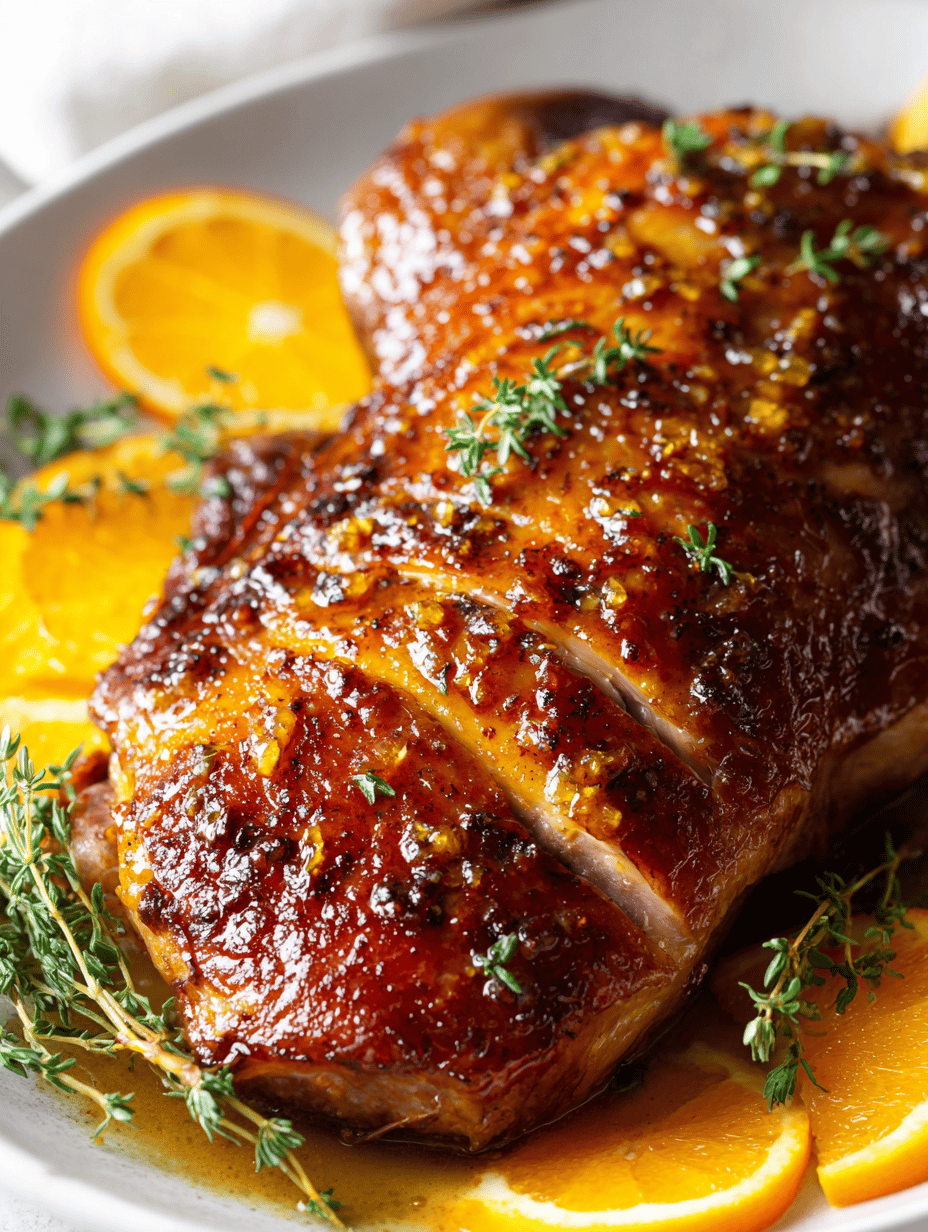
Citrus-Glazed Roast Duck
Ingredients
Equipment
Method
- Preheat your oven to 200°C (390°F). Place the rack inside a roasting pan and set aside.
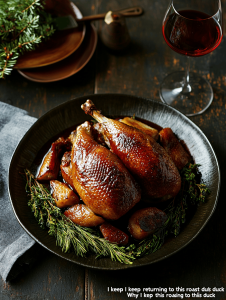
- Use a sharp knife to score the duck skin in a diamond pattern, making sure not to cut into the meat. This helps render fat and crisp the skin beautifully.
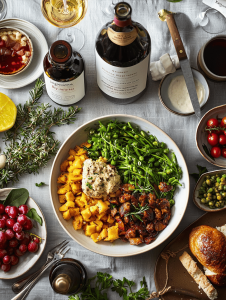
- Generously season the duck with salt, pepper, and a sprinkle of five-spice powder, massaging it into the skin and cavity for even flavor.
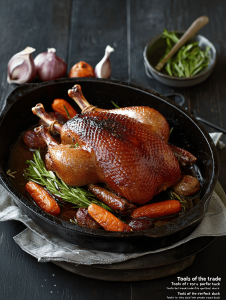
- Place the duck on the roasting rack breast side up, ensuring it’s stable and not touching the sides of the pan.
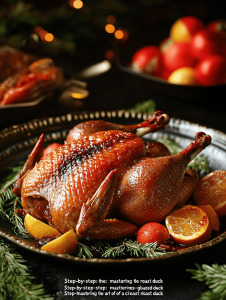
- Roast the duck in the oven for about 1.5 hours, or until the skin turns deep golden and crispy. Baste with its own fat every 20 minutes to enhance crispiness and flavor.
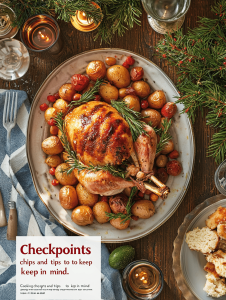
- While the duck roasts, combine orange juice, lemon zest, honey, soy sauce, and a splash of water in a small saucepan. Bring to a gentle simmer, stirring until the mixture thickens into a glossy glaze.
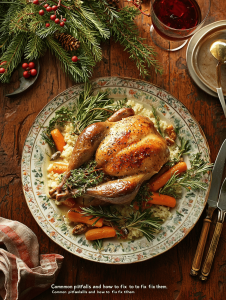
- Once the duck is golden and crisp, remove it from the oven and let it rest for 15 minutes, tented loosely with foil. This helps keep the meat juicy.
- Bring the glaze to a bubbling consistency, then use a basting brush to coat the duck with a generous layer of the citrus glaze, giving it a shiny, flavorful finish.
- Arrange the duck on a serving platter, garnished with fresh thyme and parsley for a fragrant, colorful touch.
- Carve the duck and serve immediately, enjoying the crispy skin, tender meat, and lively citrus flavors in every bite.
Notes
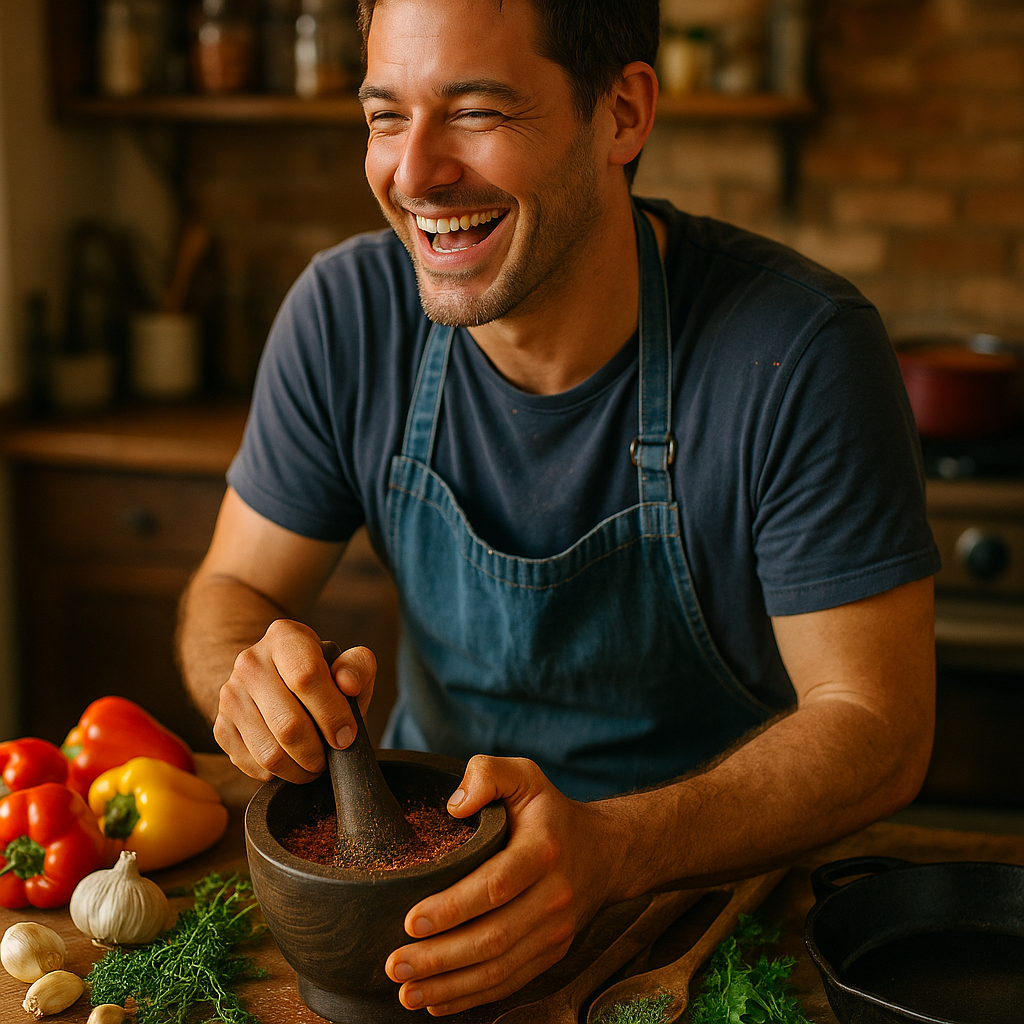
Hi, I’m Theo Granger, a former line cook and unapologetic flavor maximalist from New Orleans. I believe there are two types of people in this world: those who season their food, and those who LIVE to season their food. This blog is for the latter.
